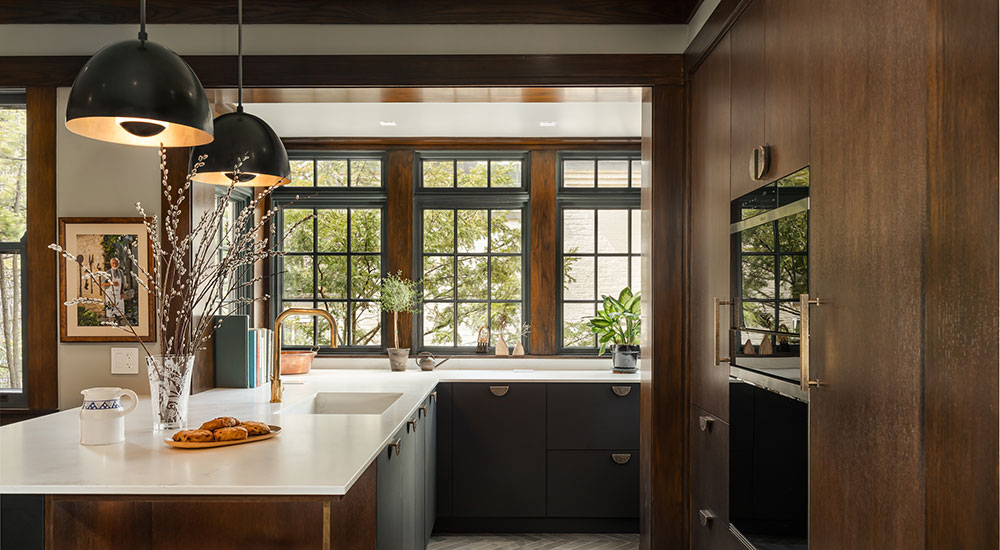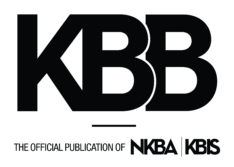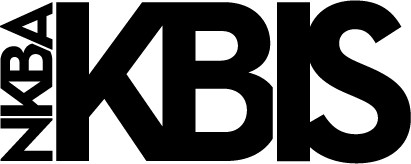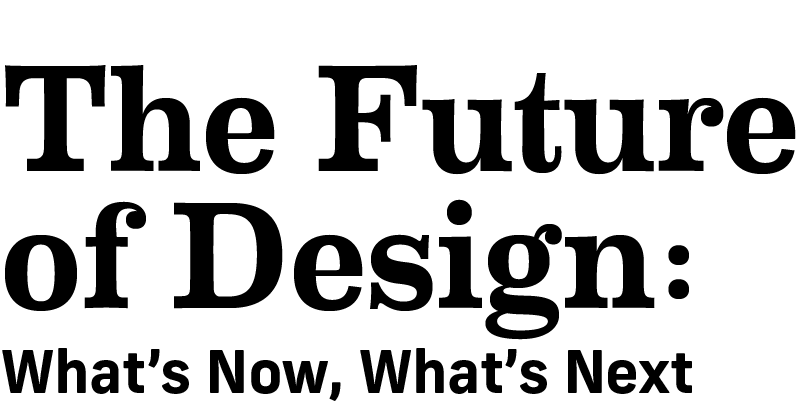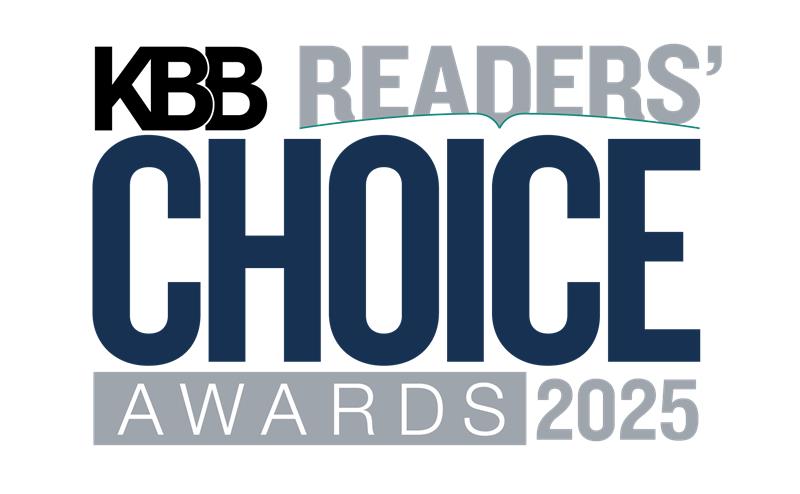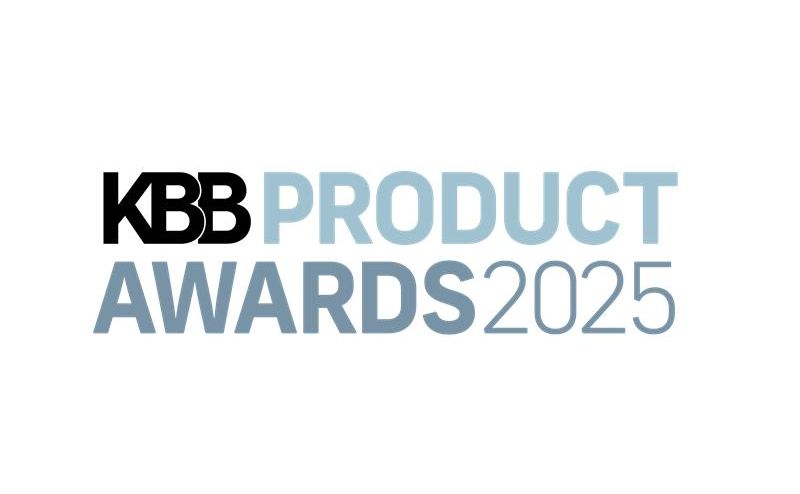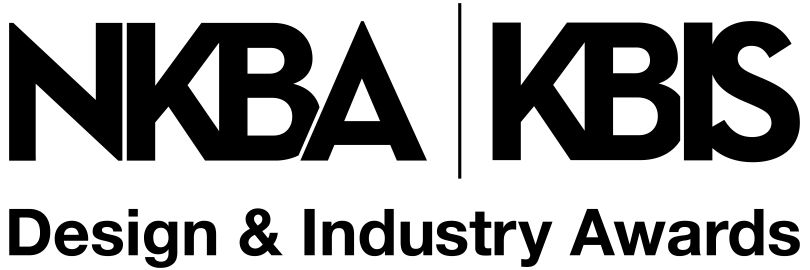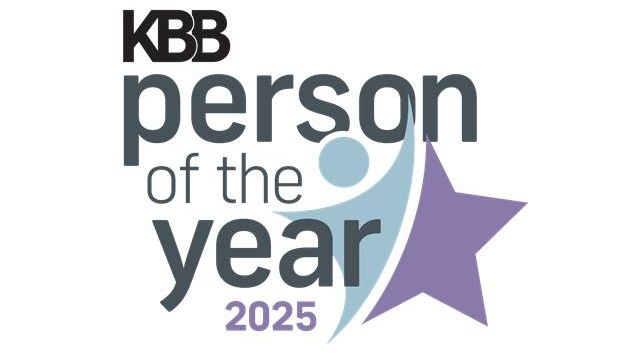The National Kitchen & Bath Association (NKBA | KBIS), the world’s leading trade association for the $230 billion kitchen and bath industry representing nearly 55,000 North American kitchen and bath industry professionals, has released its 2026 Kitchen Trends Report. Comprised of data generated from a survey completed by industry experts including designers, manufacturers, remodelers, architects and more, the report provides a comprehensive look into current and upcoming trends in residential kitchens that will have the biggest impact in 2026.
According to the report, during the next three years the kitchen will continue to evolve toward a more intelligent, personalized and health-conscious space that supports modern lifestyles – replacing dining tables with custom storage, swapping intricate designs for minimal details and increasing the kitchen IQ for intuitive upgrades.
The report also reveals that the majority of kitchen trends are in the growth phase of adoption, presenting an opportunity for designers to pursue. These include smart technology integration, open layouts, hybrid products, generational customizations and wellness-focused spaces.
While the overall size of U.S. homes declines, 76% of respondents expect the kitchen footprint to increase over the next three years. As the kitchen expands, it further influences the whole home design.
“The integration between the kitchen and whole home is a really exciting opportunity for the kitchen and bath industry,” said Bill Darcy, global president & CEO of NKBA | KBIS. “The 2026 Trends Report further confirms this evolution, as homeowners desire connection and cohesive design between spaces for entertainment, functionality and wellness. This report helps provide an inside look at what the market demands so that designers can be empowered to offer clients beautiful spaces tailored to their individual needs.”
The full report is available at NKBA.org with free access for NKBA members. Key findings include:
Colors & Materials: What’s In, What’s Out
● Neutrals Remain Supreme: An impressive 96% of respondents identified neutrals as the most popular colors, with greens (86%) and blues (78%) close behind. On the contrary, splashy colors like millennial pink (11%), bright orange (7%) and bright red (6%) ranked among the lowest.
● Where Color Lands: According to the report, new statement colors will be incorporated in the backsplash (60%), wallpaper (60%), island (57%) and decorative accessories (55%).
● Timeless Design: Transitional/timeless kitchen design tops the list, with 72% of respondents naming it as a popular style in the next three years. The style is followed by contemporary/modern/minimalism (60%) and organic/natural (58%) designs.
● Minimalism over Maximalism: While maximalism has had a spotlight, 60% of respondents identify minimalism as a popular style in the next three years. Additionally, respondents identify features like a flat, slab cabinet door style (69%), panel-faced refrigeration (72%) and dishwashers (85%), and slab/solid surface backsplashes (75%) as gaining popularity.
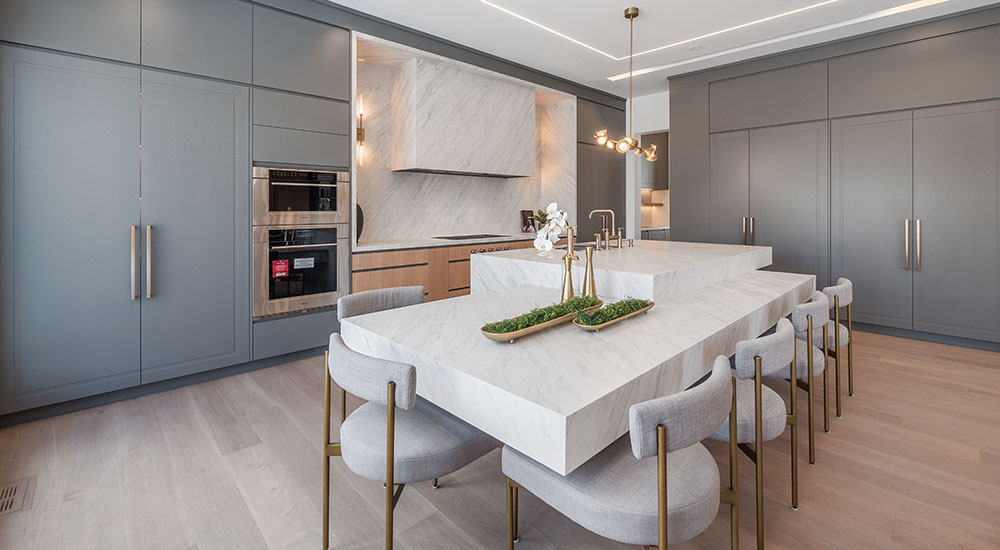
Designers: Bahar Zaeem and Shima Radfar, Photo Credit: Ryan Fung
● Natural Materials: With organic, neutral colors reigning supreme, natural materials also take the lead in the kitchen. Wood grain surpasses painted cabinets, with 59% of respondents identifying it as growing in popularity, and white oak was found to be the most popular wood type at 51%. Natural quartzite comes in right behind quartz at 62% for countertop materials and 61% for backsplashes. Wood flooring is most popular among 94% of respondents as well.
Custom Kitchens for Lifestyle Enhancements
Survey respondents were in 100% agreement that lifestyle enhancements will be a popular kitchen layout feature in the next three years, as kitchens become personalized, multi-purpose hubs. Among the top features are dedicated beverage areas (85%), pet feeding stations (64%) and eat-in kitchens (59%). Additionally, 94% agree that homeowners are adding functional spaces like mudrooms and flex-office spaces. Smarter storage is also in demand, with floor to ceiling cabinetry with more drawers, walk-in and butler pantries, refrigerators with custom configurations (70%) and islands packed with storage topping lists.
Shining the Light on the Heart of the Home
Kitchens have become spaces for showcasing decorative, statement lighting, according to 87% of respondents. The most important kitchen design considerations to homeowners include natural lighting (95%), quality lighting (93%) and task lighting for work zones (92%). While a variety of lighting types will be on trend, undercabinet lights (82%), interior cabinet lights (72%) and pendant lights (63%) top the list.
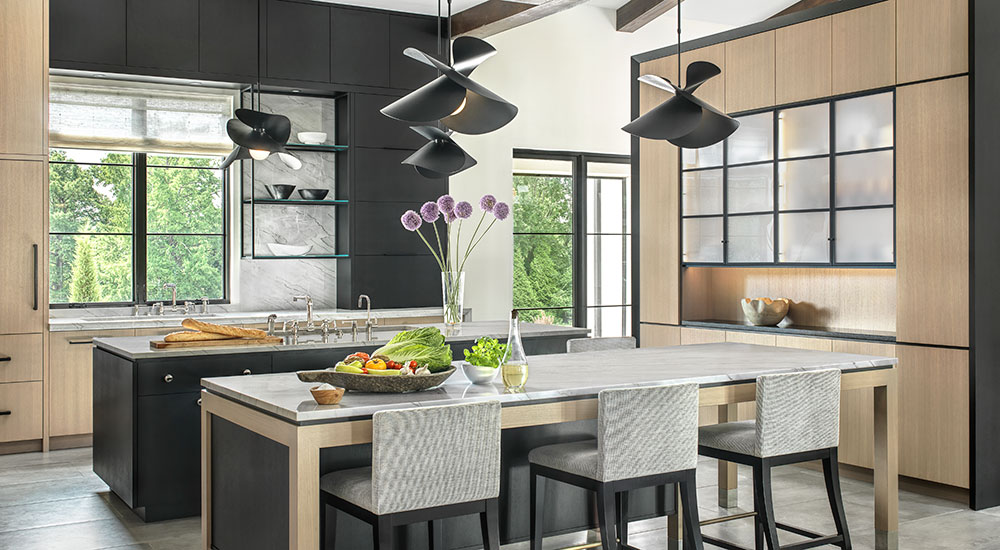
Designer: James-E.-Howard, Co-Designer: Kelly-Johnson, Photo Credit: Alise O’Brien
Technological Advancements
The kitchen is no stranger to the technological advancements taking the world by storm. Smart technology is gaining traction in select categories across the kitchen, including WiFi-enabled, mobile-app controlled appliances and lighting, and embedded wireless charging. Additionally, there is a growing interest in the kitchen as a space to facilitate healthier living and well-being. Clever features like steam cooking (66%), powerful vent hoods (85%), outdoor connection (71%), enhanced storage (72%) and smart, spacious refrigerators (72%) offer support and are gaining traction.
Generational Spotlight
The 2026 Kitchen Trends Report offers a look into key generational factors, including drivers and demands. It finds that Gen X and boomers have the largest share in kitchen remodel projects (35% Gen X, 32% boomers) and spend the most on them (90% Gen X, 71% boomers). The drivers for remodels vary by generation as well, where millennials without children seek more entertaining space (35%) and boomers desire more accessible kitchens (31%). While boomers prefer a classic style with premium materials, Gen X wants features that increase home value and improve functionality for multi-generational living.
Respondents anticipate varying design features to be popular among generations, the top features identified for each generation are:
- Gen Z: Smart and connected homes
- Millennials with Children: Multifunctional layouts for living
- Millennials without Children: High-end convenience
- Gen X: Smarter storage and decrease clutter
- Boomers: Easy and healthy living

